Since the birth of artificial intelligence (AI) in the early 1950s, a number of industries have benefitted from its ability to improve accuracy and decision-making in an effective manner. However, in the early 1960s, AI art appeared in early iterations. The first notable system, called Aaron, was developed by Harold Cohen. It was an assistant that helped create black-and-white drawings through a symbolic AI approach. These systems have been improved upon for decades, now being able to create art that is nearly impossible to distinguish from that of a human. Popularity has increased exponentially and it became a mainstream form of art in 2021 and 2022. This popularity is likely due to AI’s ability to create eye-catching images and attempt unique styles realistically. Can you spot which images are human and which are AI?
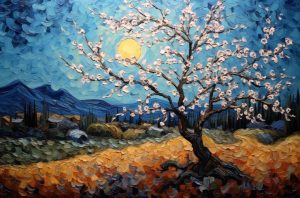
AI Art | Source: Mega Pencil

Human-made art | Source: Fine Art Publishing

Human-made art | Source: American Watercolor
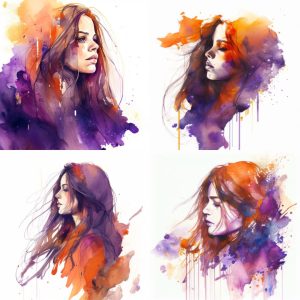
AI Art | Source: Mega Pencil
The struggle to distinguish between real and fake art has led to many questions surrounding ethics, copyright, creativity, and the purpose of AI itself. I believe that AI art detracts from human art but should not necessarily be illegal.
Artificial intelligence was originally created to mimic human intelligence through applications of algorithms. The purpose of AI was never to replace human work but rather to make it more efficient.
AI art now dangerously strays from this goal. It completely replaces the human emotion that inherently comes with a real piece of human-made art. The way that it is currently used instead combines portions of images online from a data set of 5.85 billion images and creates a piece calculated mathematically to fit a prompt. This means that there is no use of creativity. Human creativity is fundamental in art. It stimulates the communication of complex emotions through brush strokes or pencil markings. It allows thinking outside of the box to provoke a reaction from the audience. If art is how we express humanity, how can a machine possibly replace this?
Many artists are similarly against AI art. 74% of artists say that AI art is unethical. Many perceive this process as a devaluation of human talent. A human may take years to finish a piece of original, emotional art with meaning, while a machine can mimic something impossible to distinguish within seconds. How is this fair to artists who have devoted their lives to their craft?
Some critics of AI art argue that it should be made illegal. They are concerned about the spread of false news. An audience may unknowingly consume informative art, and if this information is false, it can potentially damage society. Information is quickly distorted, and miscommunication can lead to confusion and conflict. To avoid this, opponents of AI art say that it should be abandoned.
However, I believe there is room for AI in the art industry. I envision the art industry being full of artists collaborating with AI rather than getting replaced by it. AI could help complement creativity and stimulate innovative ideas that push boundaries and encourage the growth of artists.
AI to create art that is impossible to distinguish from that of a human can be extremely detrimental to society, so it should be utilized strictly to complement human behavior.

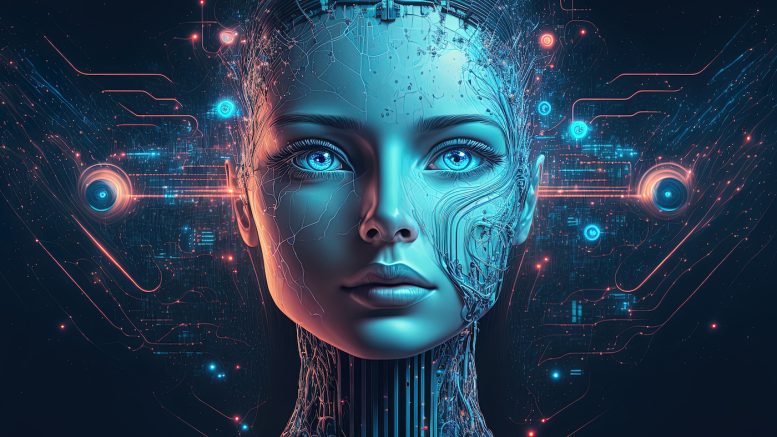

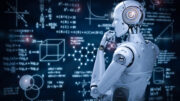
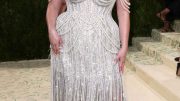
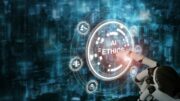
Be the first to comment on "Opinion: AI Art"